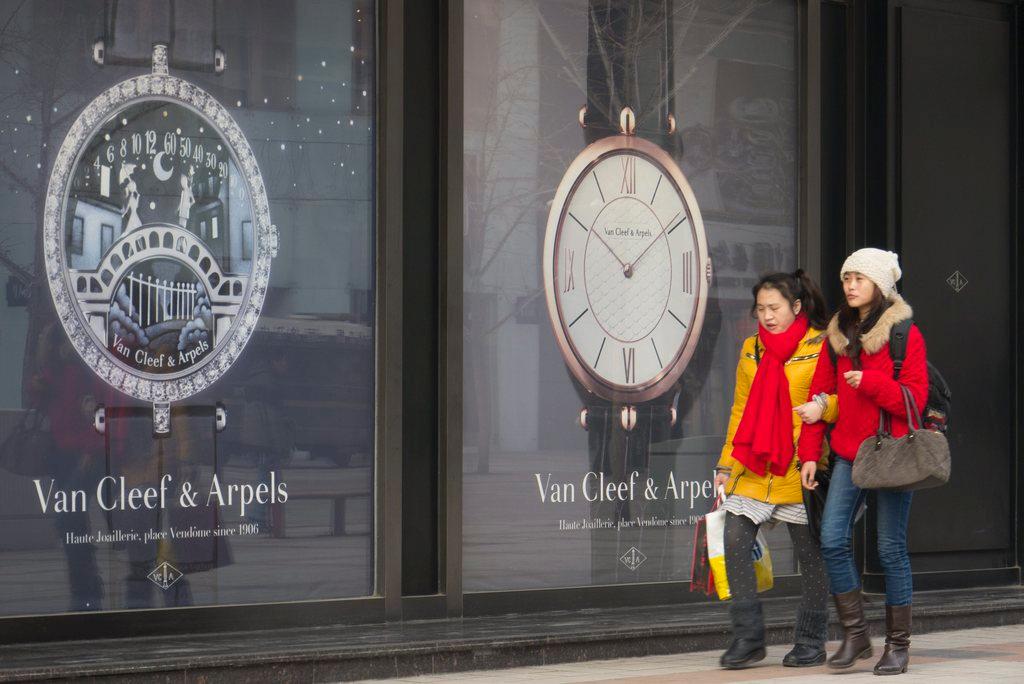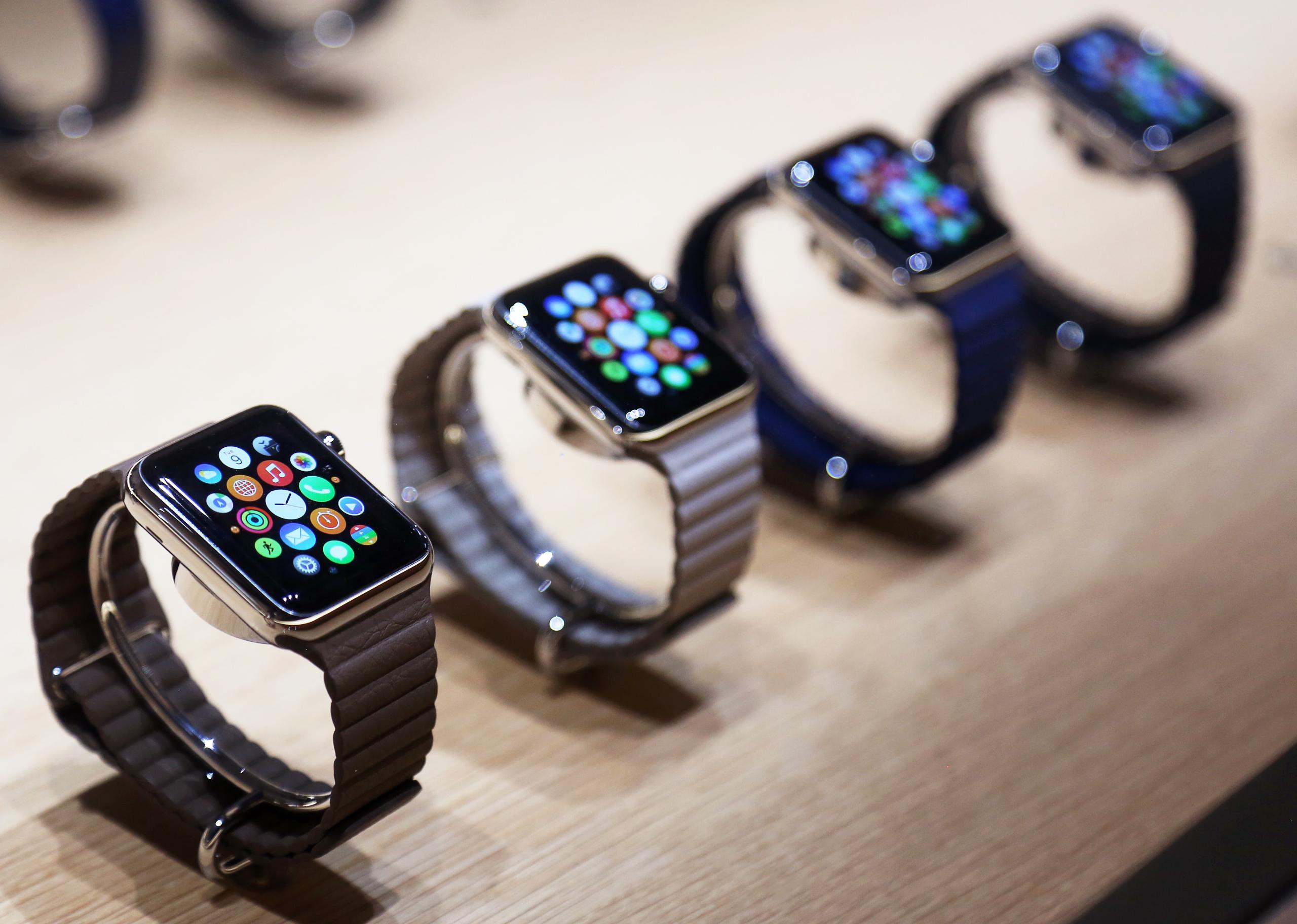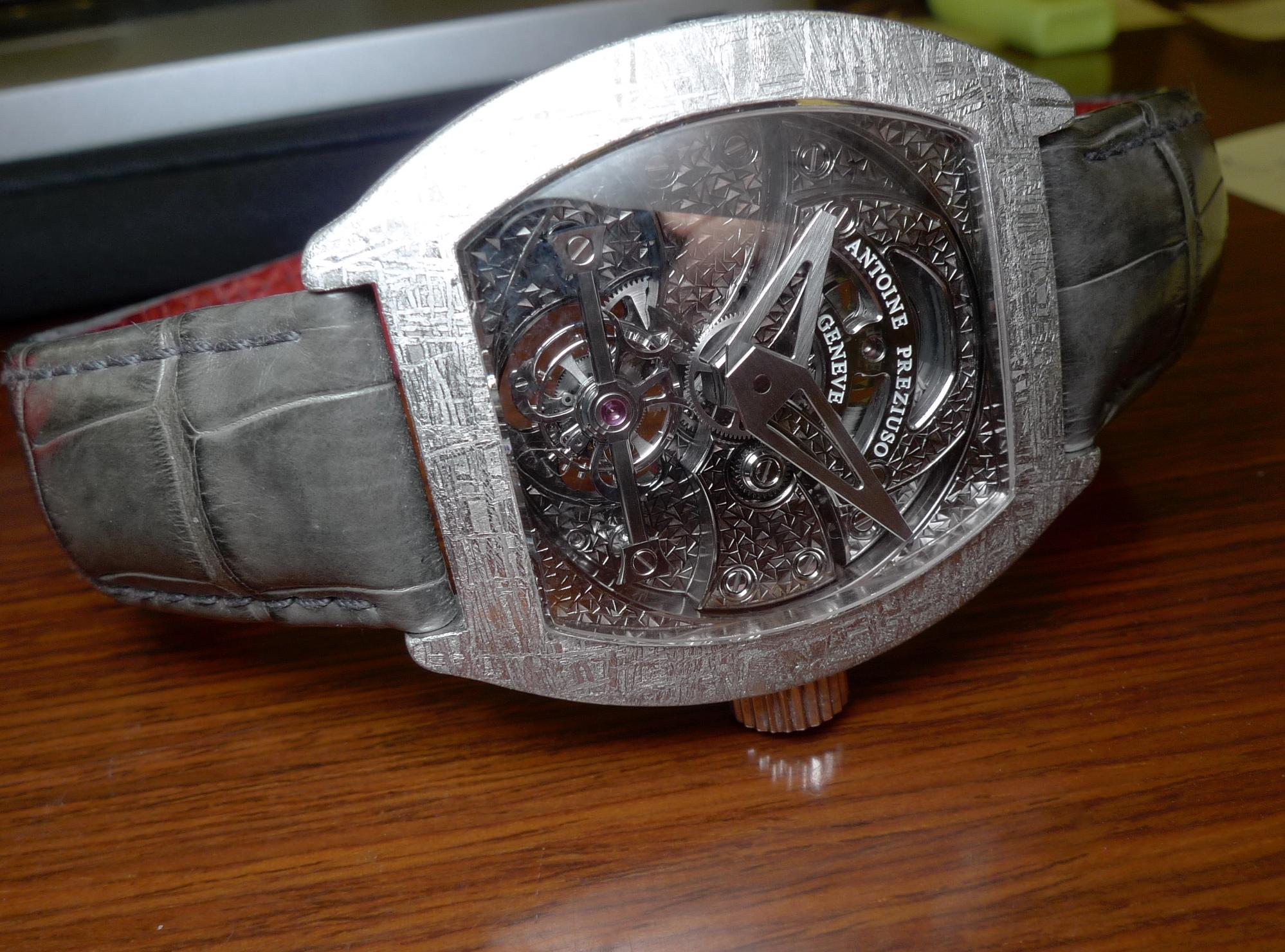Shadow cast over the Swiss luxury industry

It has been a tough year for Swiss watchmakers. At home, they have had to cope with a surging Swiss franc, after the Swiss National Bank (SNB) unexpectedly dropped its cap on the currency. Abroad, they have been hit by weakness in a number of key markets.
The biggest problems have come in Asia, where demand has faltered in China and Japan, and collapsed in Hong Kong. But other markets have also proved difficult: the gyrations of the rouble have hit Russian demand – and sales in the UAE, an increasingly important market, have declined.
“There has been a lot of turmoil and no one has any idea what will happen next,” says Aldo Magada, chief executive of Zenith, one of the French luxury group LVMH’s stable of brands. “There has been a loss of confidence among consumers in general because they don’t know what will happen with the economy.”
The net result is that the value of Swiss watch exports between January and July was CHF12.49 billion ($13 billion), 1.2 per cent below the level reached in the same period in 2014. The figures in July were particularly weak, with watch exports 9.3 per cent lower than the same month last year.
The slowdown is reflected in the results of Switzerland’s two biggest watch groups, Richemont and Swatch. The latter reported in July that its sales rose just 2.2 per cent in the first six months of the year. In May, Richemont said its sales in the first six weeks of its financial year, which runs from April to March, had been flat once currency fluctuations had been taken into account.
In response, analysts – whose predictions for growth in Swiss watch exports stood somewhere between 4 and 7 per cent at the beginning of the year – have been reining in their forecasts.
“I still assume there will be growth in the overall market this year, due to the pick-up in watch sales in the US and Europe, and continued purchases by Chinese customers abroad. But it will be muted,” says Jon Cox, an analyst at Kepler Cheuvreux in Zurich.
Others are less optimistic. “After the figures for July, the main question is whether the Swiss watch industry can grow at all this year,” says René Weber, an analyst at Bank Vontobel. “I think it will probably be flat.”

More
Financial Times
External linkAsian question marks
Analysts expect growth to be fastest in Europe, where a pick-up in domestic demand so far this year, allied with continuing purchases by Chinese tourists, has led to double-digit growth in a number of countries, including France and the UK. In the US, where sales are up 4 per cent, positive growth is also expected.
The main focus of industry executives and observers, however, is Asia. Even before the recent stock market turmoil, the slowdown in Chinese demand was rippling through the region and casting a shadow over the watch industry’s prospects. So far this year, Swiss watch exports to Hong Kong, the world’s largest watch market, are down 20.8 per cent. To China, the third largest, they are down 4 per cent and to Japan, the fifth largest, they are down 5.8 per cent.
The question is whether China’s recent stock market turbulence, which began in the summer, and intensified in August after the Chinese government devalued the renminbi, will make things worse.
“There is a close correlation between the value of real assets, such as the stock market, and the purchasing of high-end luxury goods. Overall, the volatility will have a damping impact on volumes,” says Mr Cox.
Others are not so sure. “When the stock market rose so dramatically over the past year, we didn’t see a surge in watch purchases, so I’m not sure that the fall in the market now will necessarily stop people from buying watches,” says Mr Weber.
Yet even if the stock market turbulence does not harm watchmakers too badly, the underlying slowdown in the Chinese economy – which was what prompted the government to devalue the renminbi – may have a longer-lasting effect.
This is particularly true in Hong Kong, long a popular destination for Chinese tourists. Inventories remain high in the territory, and Jean-Claude Biver, head of LVMH’s watchmaking business, said in August that Tag Heuer, one of its brands, would shut a store in one of the city’s main thoroughfares as a result of falling demand and high rental costs.
Strong franc headaches
The other issue on Swiss watch executives’ minds is how to deal with the strength of the franc. The currency has risen more than ten per cent against the euro since the SNB dropped its cap in January.
For any Swiss company with a cost base largely in francs and a portion of its sales in foreign currencies, the SNB’s decision raises problems. But it is particularly tricky for Swiss watchmakers, which have long touted production in Switzerland as a guarantee of quality. One obvious response – shifting production to cheaper countries – is not an option.
Swiss watchmakers have responded with a mixture of price cuts in Switzerland and price increases elsewhere, a process that has left some executives slightly frazzled.
“The first part of the year was a complete nightmare as far as price adaptations were concerned,” says Mr Magada. “We had to raise prices in the eurozone after the franc appreciation, raise them twice in Japan because of the yen and cut them in Hong Kong so that the prices there are still competitive with the prices in euros and dollars.”
Further adjustments?
However, some analysts say that, with the franc still strong, more adjustments may be needed. “The price increases in Europe were about 8 per cent on average, but they haven’t been enough to compensate for the margin erosion,” says Mr Weber.
“I think that another round of price increases is likely to try and make up the difference. We will probably see this by Baselworld next year at the latest.”
Despite these challenges, Swiss watchmakers can take heart from the fact that one much discussed threat has proved milder than expected. The launch of the Apple Watch in March was seen in some quarters as a danger to the industry – at least at the low end.
So far, however, it has been the makers of electronic watches that have borne the brunt of the impact. Although analysts still expect lower-end Swiss watch brands, such as Tissot, to be affected in the long run, for the industry as a whole smartwatches could prove as much an opportunity as a challenge.
“Apple’s move is helping to create a new segment, and some Swiss watchmakers are already moving in. Swatch has launched their fitness band, which undercuts the Apple Watch, and we will see others follow suit,” says Mr Cox.
Copyright The Financial Times Limited 2015

In compliance with the JTI standards
More: SWI swissinfo.ch certified by the Journalism Trust Initiative




You can find an overview of ongoing debates with our journalists here. Please join us!
If you want to start a conversation about a topic raised in this article or want to report factual errors, email us at english@swissinfo.ch.